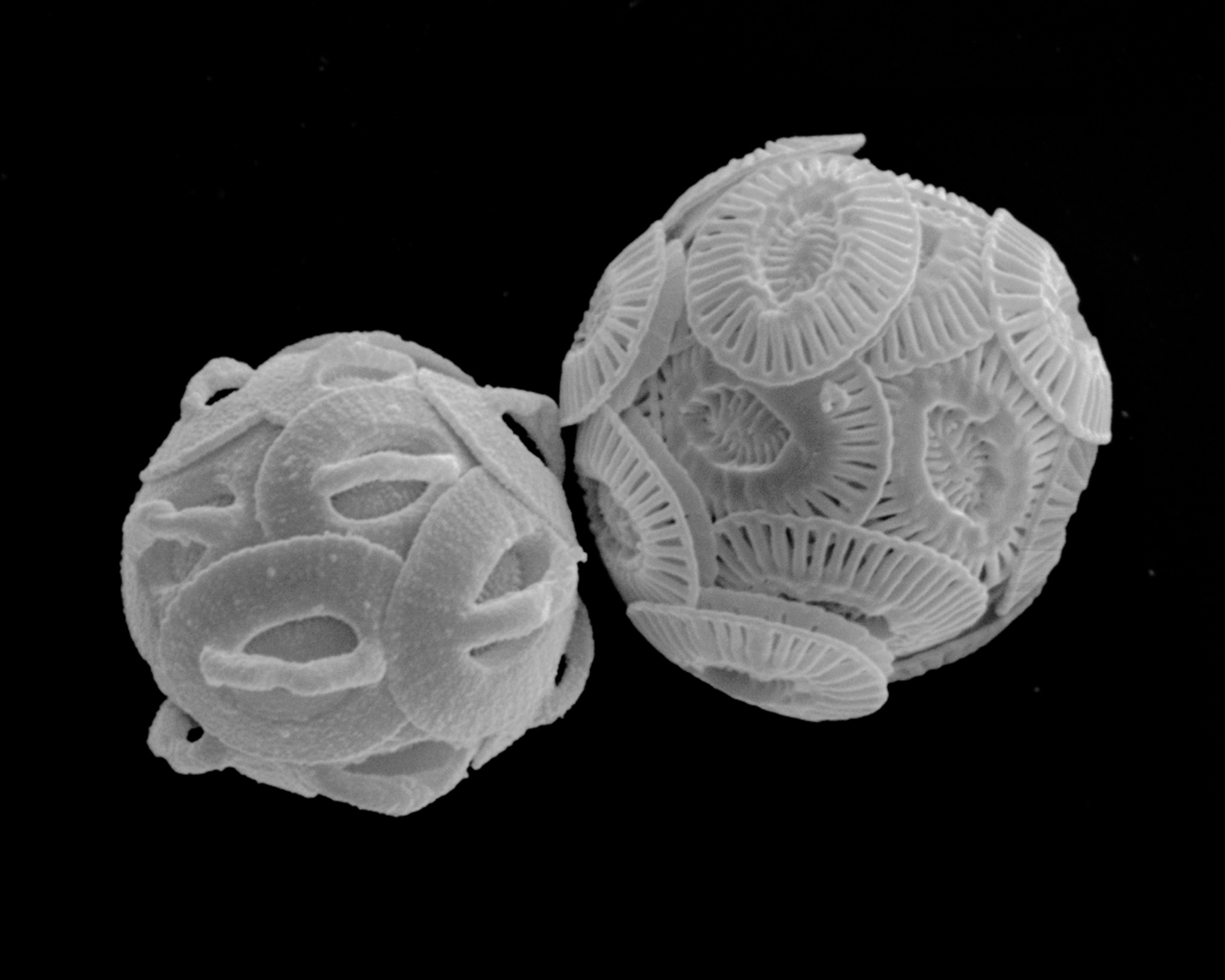The Australian National Algae Culture Collection (ANACC) holds 1000 strains of more than 300 microalgae species, housed in a purpose-built facility at our Hobart site in Tasmania.
ANACC is an internationally significant biological resource for scientific research on Australia's microalgal biodiversity.

We supply microalgae cultures to industry and the research sector globally, as well as undertake our own research activities focusing on Australia's biodiversity, environmental issues and bioapplications of algae.
What are microalgae?
Microalgae are microscopic plants inhabiting the world's oceans and other aquatic environments.
Microalgae are responsible for at least half of global primary productivity, which involves converting solar energy to organic energy and fixing carbon dioxide in the process.
They are the world's fastest-growing plants and can double their biomass daily, providing essential nutrition for aquatic animals, including omega-3 oils and other lipids, proteins and carbohydrates.
Microalgae are rich in bioactive compounds and a source of genes for unique biosynthetic pathways, yet are a largely untapped resource, with only 10 per cent of some 40,000 species isolated and cultured.
These plants are a renewable resource for human health and nutrition, biofuels and other energy, medical and industrial applications, and can be mass-produced with appropriate growth technologies.

Our algal culture facility
ANACC is housed in a purpose-built, Australian Quarantine and Inspection Service (QC2) and Office of the Gene Technology Regulator (PC2) accredited facility that includes controlled-environment rooms and cabinets.
Our algal culture technologies range from small to large laboratory scale and include 50-litre photobioreactors and fermenters and our associated analytical facilities provide advanced algal research capacity.
The Australian National Algae Culture Collection (ANACC) holds 1000 strains of more than 300 microalgae species, housed in a purpose-built facility at our Hobart site in Tasmania.
ANACC is an internationally significant biological resource for scientific research on Australia's microalgal biodiversity.
We supply microalgae cultures to industry and the research sector globally, as well as undertake our own research activities focusing on Australia's biodiversity, environmental issues and bioapplications of algae.
What are microalgae?
Microalgae are microscopic plants inhabiting the world's oceans and other aquatic environments.
Microalgae are responsible for at least half of global primary productivity, which involves converting solar energy to organic energy and fixing carbon dioxide in the process.
They are the world's fastest-growing plants and can double their biomass daily, providing essential nutrition for aquatic animals, including omega-3 oils and other lipids, proteins and carbohydrates.
Microalgae are rich in bioactive compounds and a source of genes for unique biosynthetic pathways, yet are a largely untapped resource, with only 10 per cent of some 40,000 species isolated and cultured.
These plants are a renewable resource for human health and nutrition, biofuels and other energy, medical and industrial applications, and can be mass-produced with appropriate growth technologies.
Our algal culture facility
ANACC is housed in a purpose-built, Australian Quarantine and Inspection Service (QC2) and Office of the Gene Technology Regulator (PC2) accredited facility that includes controlled-environment rooms and cabinets.
Our algal culture technologies range from small to large laboratory scale and include 50-litre photobioreactors and fermenters and our associated analytical facilities provide advanced algal research capacity.
